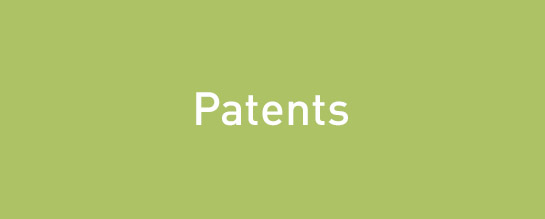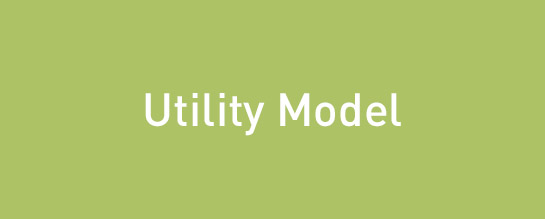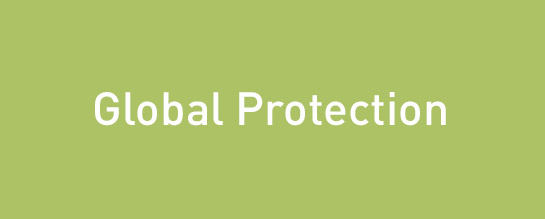 DE
DE EN
ENTechnical inventions can be protected by means of patents and utility models. The owner of these rights can prohibit any third party from using the protected invention. Investments in research and development can thus be protected efficiently.
By being able to prohibit the copying of new products and technical solutions, competitors can be prevented from freeriding on the underlying investments and from entering the marked with a copied product at a lower price.
As a law firm that is specialized on technical intellectual property and that has decades of experience in the field of the prosecution of patents and utility models, we offer all services in connection with these IP rights.
For our clients, we elaborate a protection strategy which ensures that the best possible protection is obtained with the available resources. We investigate the general eligibility for protection of an invention, perform prior art searches and provide respective evaluations.
The focus of our work lies on the drafting of patent and utility model applications as well as on the prosecution of these before the national and international patent offices. We value a close cooperation and a good communication with the client and the inventors, as this allows us to ensure a high quality standard of the resulting applications. A high quality application is the basis for a successful granting or registration procedure and for an IP right that is enforceable against competitors.
Our services further include the conducting of opposition or invalidity proceedings before the German Patent and Trademark Office (DPMA), the European Patent Office (EPO) and the German Patent Court (Bundespatentgericht).
Our attorneys are further authorized to practice before the local and central chambers of the Unified Patent Court (UPC). After grant, we support our clients with the litigation of their IP rights. Our attorneys prepare legal opinions on infringement and validity. We further support the negotiation of settlements or coordinate patent infringement proceedings.

When entering the market with a new product, there is a considerable risk that the product uses a technical solution that is protected by a patent or utility model owned by a competitor or other third party. We help our clients with the identification and minimization of such risks.
To identify these risks, we perform product clearings or Freedom-to-Operate analyses (FTOs). A product clearing involves the detailed analysis of the respective product, the performing of a search for third party IP rights that relate to relevant product features, and the evaluation of the search results and the individual IP rights. If necessary, we support the client in finding work around solutions to avoid third party IP rights, in finding a contractual agreement with the third party, or we actively invalidate obstructing third party IP rights.
The attorneys of KKM handle German and European opposition proceedings on a regular basis and have a proven expertise in this area. Detailed knowledge of procedural aspects and the use of tactical measures allow us to complete oppositions successfully.

Innovations that lie on a technical field can be protected by patents and utility models. Protection can not only be obtained on the classical technical fields, such as mechanics and electronics, but also for computer implemented inventions, such as controller software. For obtaining a valid patent or utility model, the claimed invention must be new, involve an inventive step and must be susceptible of industrial application.

Patent protection can be obtained for apparatuses, products, processes and uses. In most countries, applications for patent are subject to substantive examination, which means that the competent authority (e.g., the European Patent Office) examines the application as to whether it fulfills the formal and material requirements for obtaining a patent grant. After grant, the patent proprietor has the right to prohibit third parties from using the protected subject-matter, in particular from producing, offering, putting on the market or using a product or method that falls within the scope of the granted patent. The maximum lifetime of a patent is 20 years from its filing date.

With a utility model, only apparatuses and products can be protected. For being valid and enforceable, a utility model must fulfill substantially the same requirements as a patent. For a German utility model, a major difference to a patent is the existence of a six month grace period, calculated back from the filing date or the priority date, in which publications originated by the applicant are not taken into consideration for the assessment of novelty and inventive step. Further, only public prior uses within Germany count as prior art against the utility model.
A utility model does not undergo substantive examination so that its registration is relatively fast and cost efficient. The utility model confers to the proprietor substantially the same rights as a patent. The maximum lifetime of a utility model is ten years.

Based on a European patent application, or on a German patent or utility model application, protection can be obtained in almost every country of the world. Within a 12 month period (priority term), the applicant can make a subsequent patent filing in other countries which are member states of the Paris Convention or which have other agreements in place. Another possibility to obtain global protection is the filing of an international patent application under the PCT (Patent Cooperation Treaty) , based on which national or regional phases can be entered in a large number of countries or regions (such as the EPC) within a time period of 30 or 31 months after the earliest priority date.